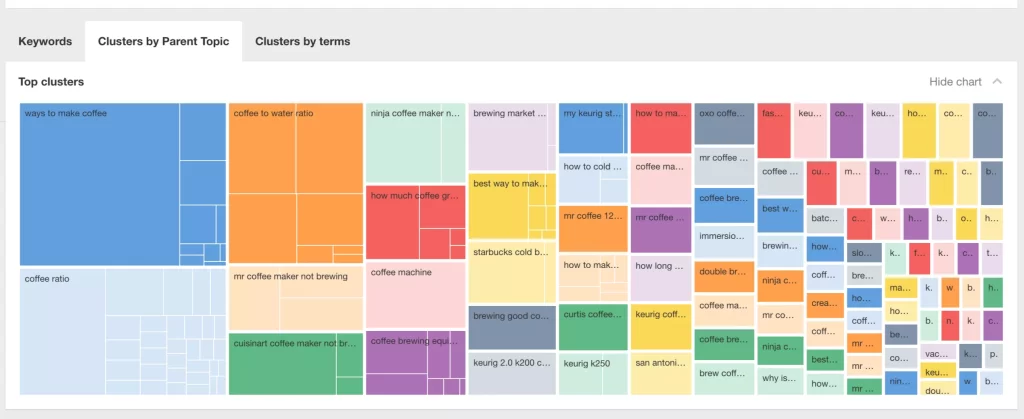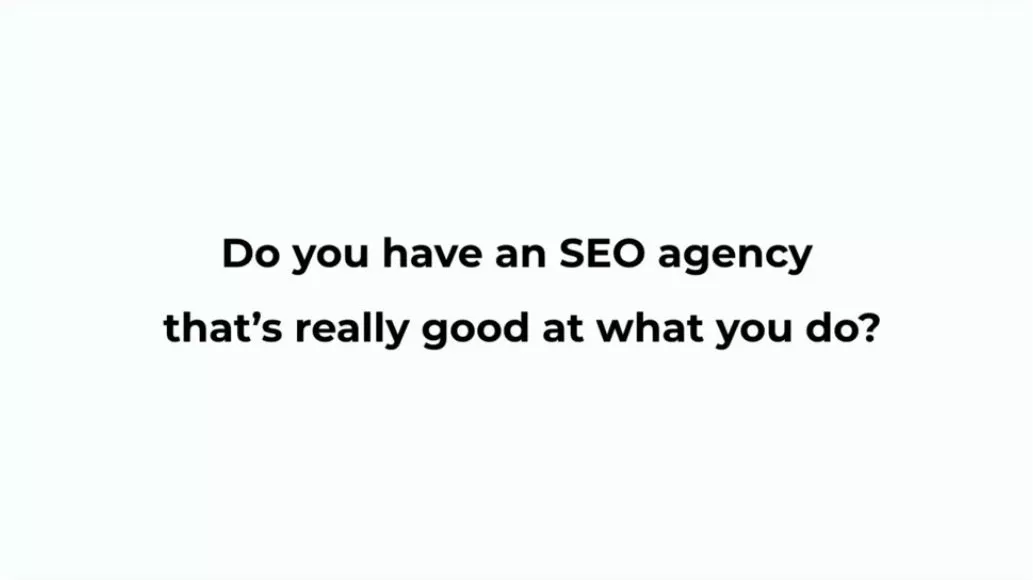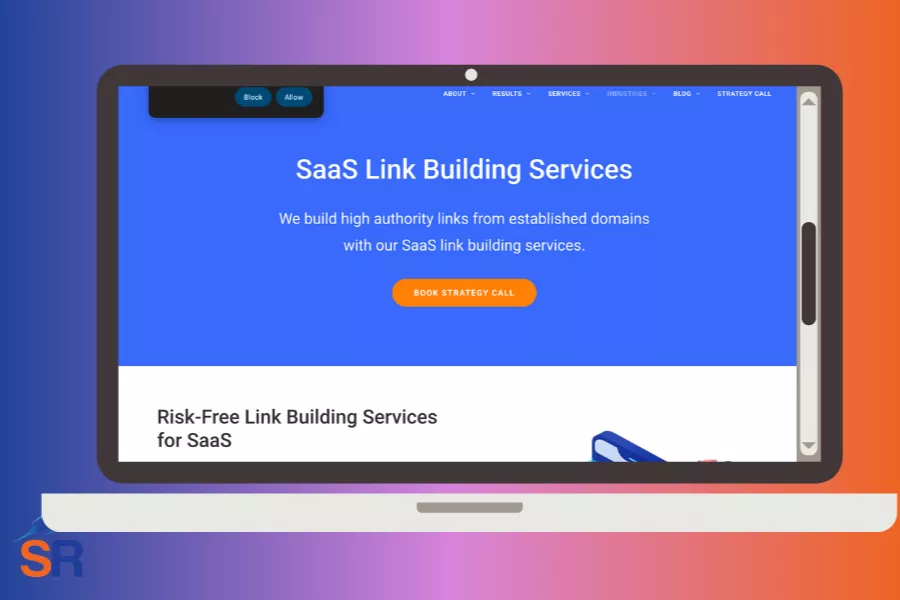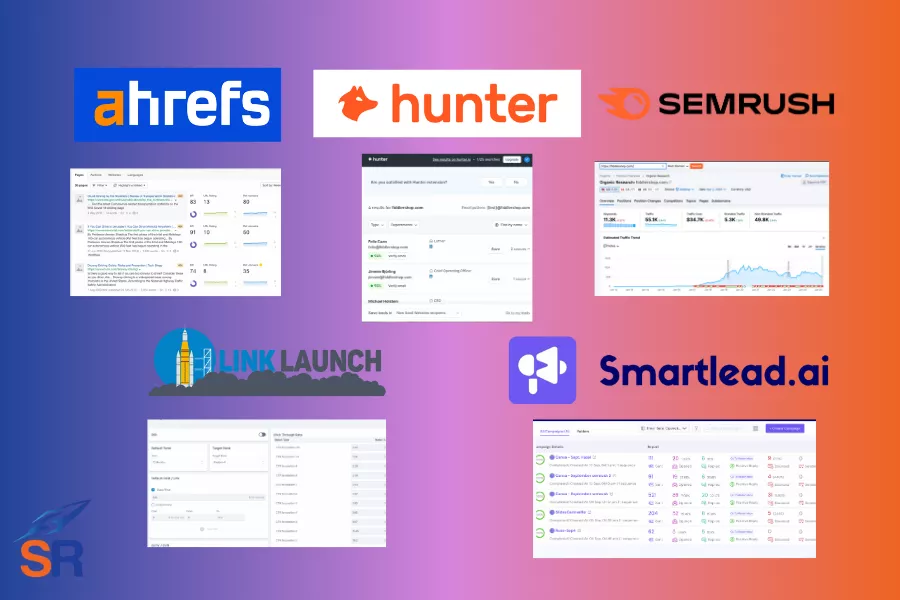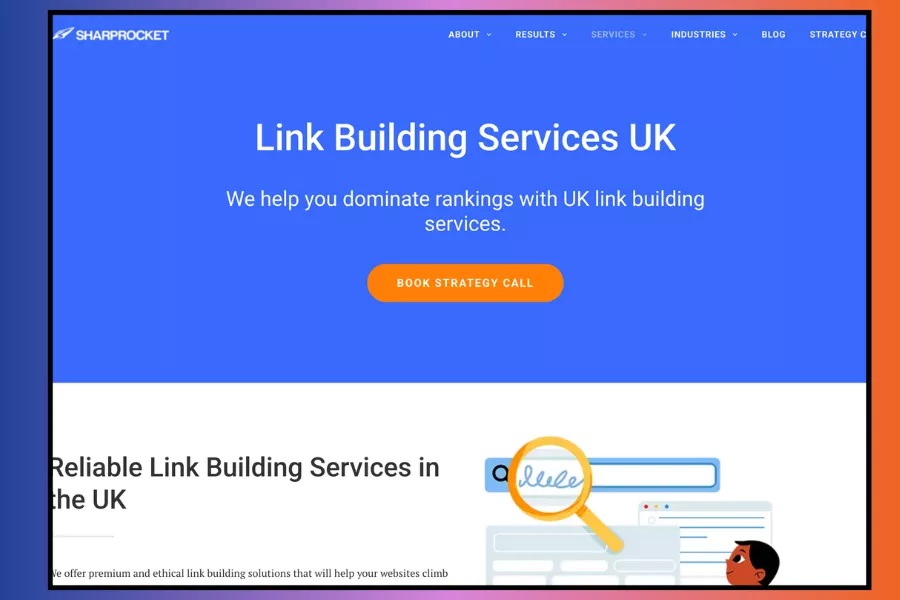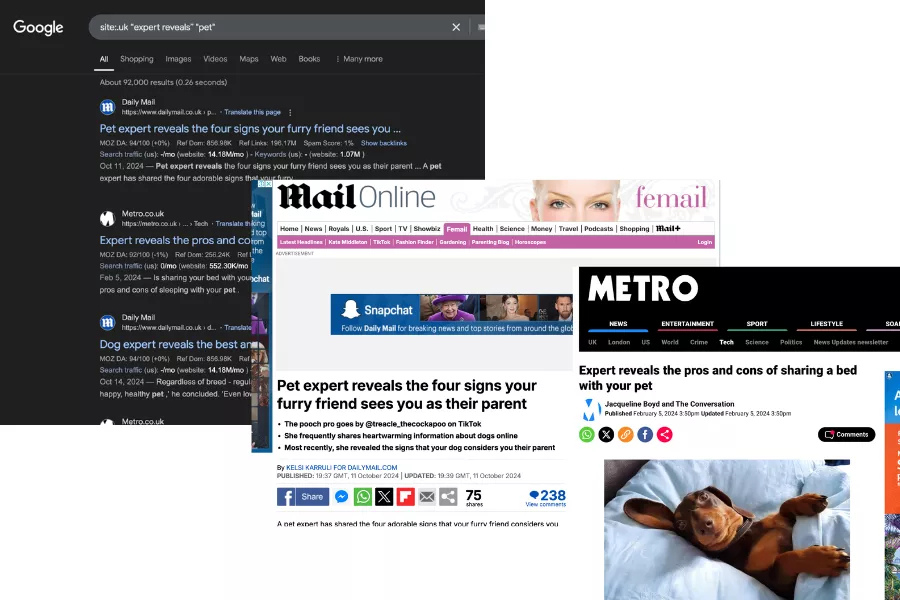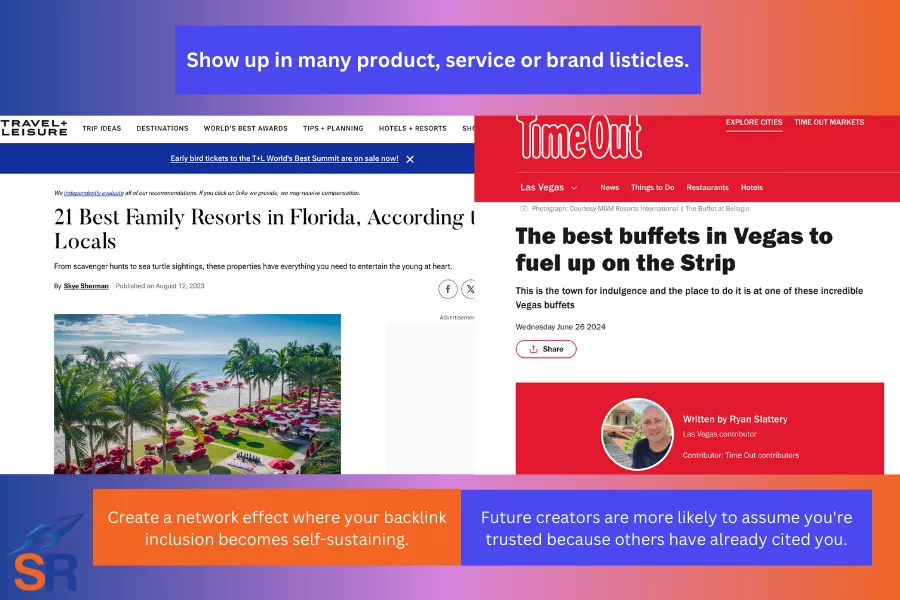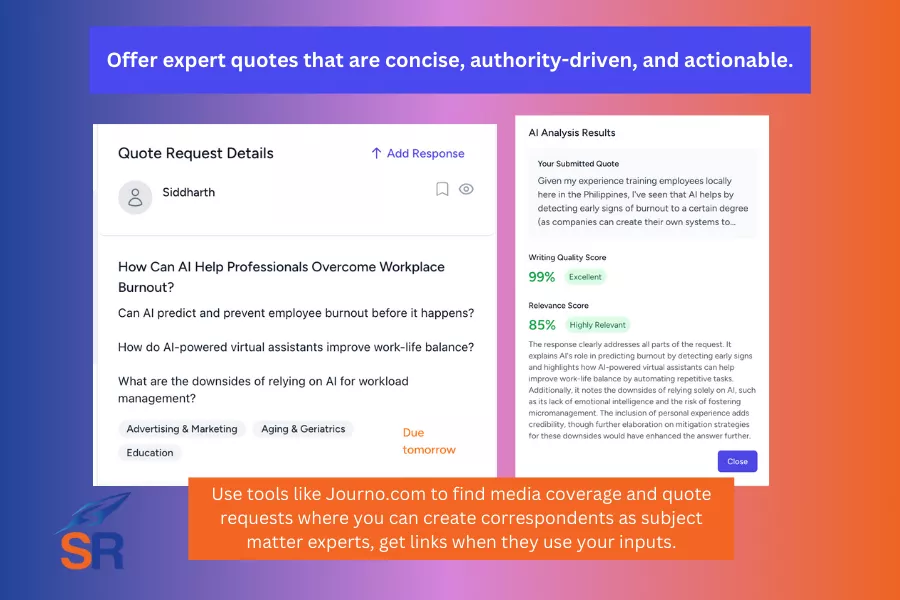Search engines have long used anchor text to provide context clues as to the relevance of a given link to a website.
Many have abused it and have suffered under Google Penguin’s update, which penalizes sites that were over-optimizing their page content with keyword-rich anchor texts.
It is imperative not to use this abusive and spammy strategy to avoid penalties and bad rankings.
As Google favors sites with a diverse and natural backlink profile, your site will dramatically benefit from proper anchor text optimization.
In this post, I’ll cover the best practices how to optimize anchor texts that favor Google and provide the best experience for users.
But first, here’s a quick recap of anchor text basics.
Contents
ToggleTypes of Anchor Texts
- Generic – non-topical related words, such as “click here” or “go here”.
- Branded – words that used your brands/entities. An example is “SharpRocket”
- Naked link – actual URL to your target page. Example: www.sharprocket.co.uk
- LSI (latent semantic indexing) – variations of primary keywords. Examples for the keyword, “backlinks” are “contextual backlinks”, “inbound links”, “organic links”, and, “in-content links”.
- Partial match – a combination of qualitative modifier and target keyword (e.g., best link building agency is a partial match to link building agency).
- Broad match – longer in terms of length (5 words or more). An example is “best link building company in the Philippines”.
- Exact match – keyword-rich anchor texts (e.g., SEO agency).
Have a good understanding of these types of anchor texts, as it is foundational in mapping out a well-played strategy of choosing anchor texts for each backlink for your site.
Anchor Text Optimization Best Practices
1. Use Semantically-Related Keywords More Often
With Google Hummingbird and numerous core updates to interpret natural language queries and the context of words, it is easier for search engines to understand the topical relevance of a page through entities and surrounding words and phrases (co-occurrence).
This is a heavy alternative to optimizing the exact-match anchor text to all (or the majority) of all inbound backlinks to your site where high risks are involved due to possible penalties.
Identify how search engines recognize your brand.
You can use Google’s autocomplete or autosuggest feature to see keywords that Google associates with your brand. Keyword research features from Ahrefs, and SEMRush can also assist you by searching directly for your brand names.
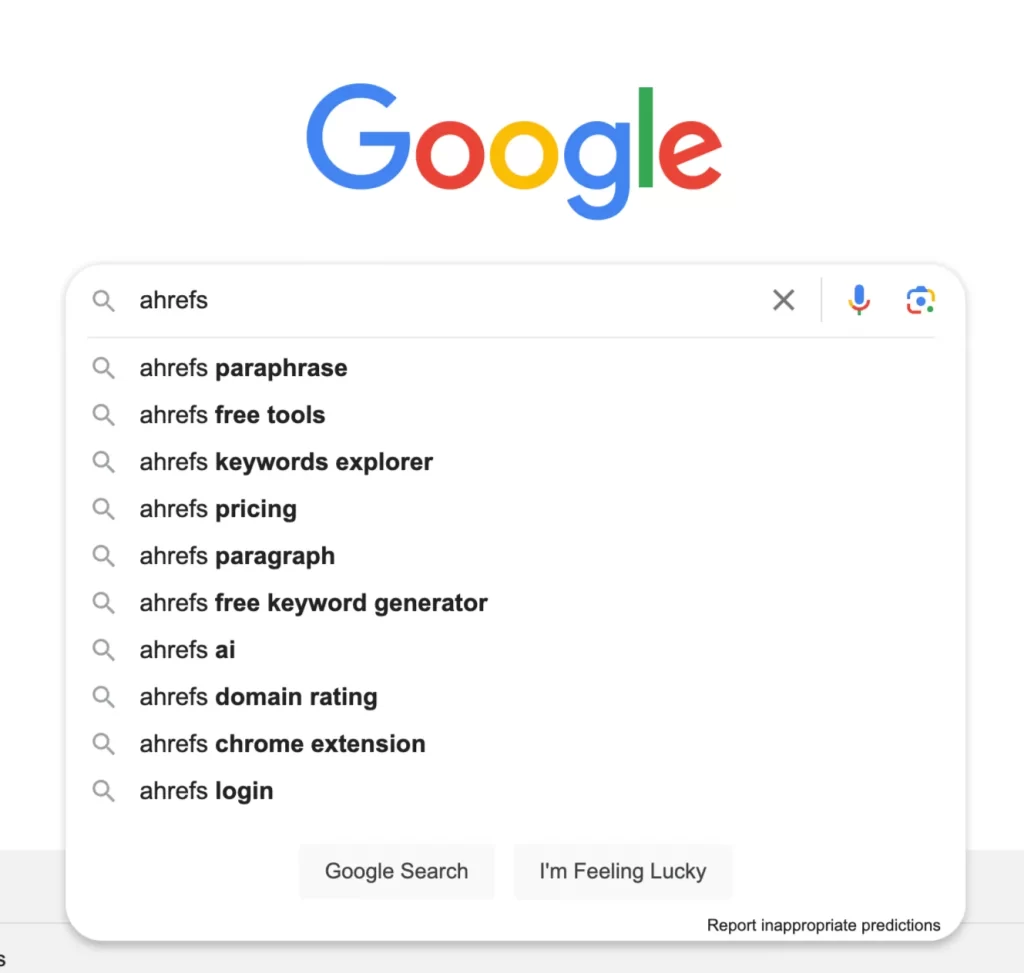
This is more useful for established sites in ensuring you’re building the right topical relevance of your brand (as to what topics and keywords you want your associate to be known for, at least on search).
Once you’ve identified semantically related keywords, you can use them as specific anchor texts for your links.
2. Learn How Real Publishers Reference Other People’s Works
Whether you’re creating new content on your site or external content on others’ blogs, make sure that you consider the natural approach of referencing the works of others.
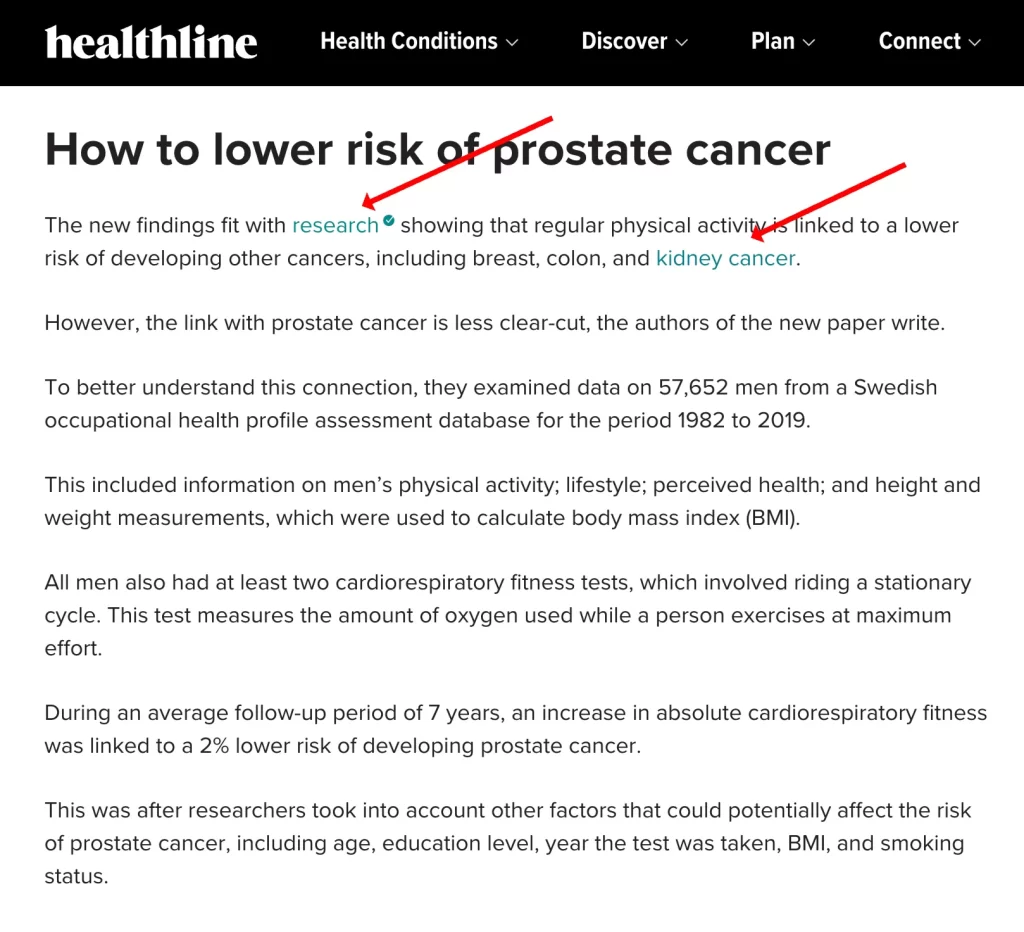
You can use highly descriptive anchor texts to provide more context to the linking page and help entice better user clicks from users (which also drives more referral traffic to your page).
Linking out to credible sources and properly citing others’ works helps increase trust (Google’s EEAT factor), depth of quality, and perceived value of your content.
This approach goes beyond the traditional approach of writing ‘guest posts’ to acquire inbound links. As we are all aware, the content from linking pages can assist in building your site’s topical authority (off-page).
3. Think Branding
Having worked with enterprise-level link acquisition campaigns for years, we’ve seen how top-level in-house SEOs value every face of link building, including how they choose the right anchor texts.
Obviously, they don’t want their sites to be affected by penalties and bad rankings (as it could result in millions of dollars lost for their business).
But more than that, they view link building as a branding tool. It affects how both search engines and users perceive their brand.
When building artificial links to your site, focus more on branded anchor texts (brand name, entity name, products, offerings, employees’ name, content assets, etc..).
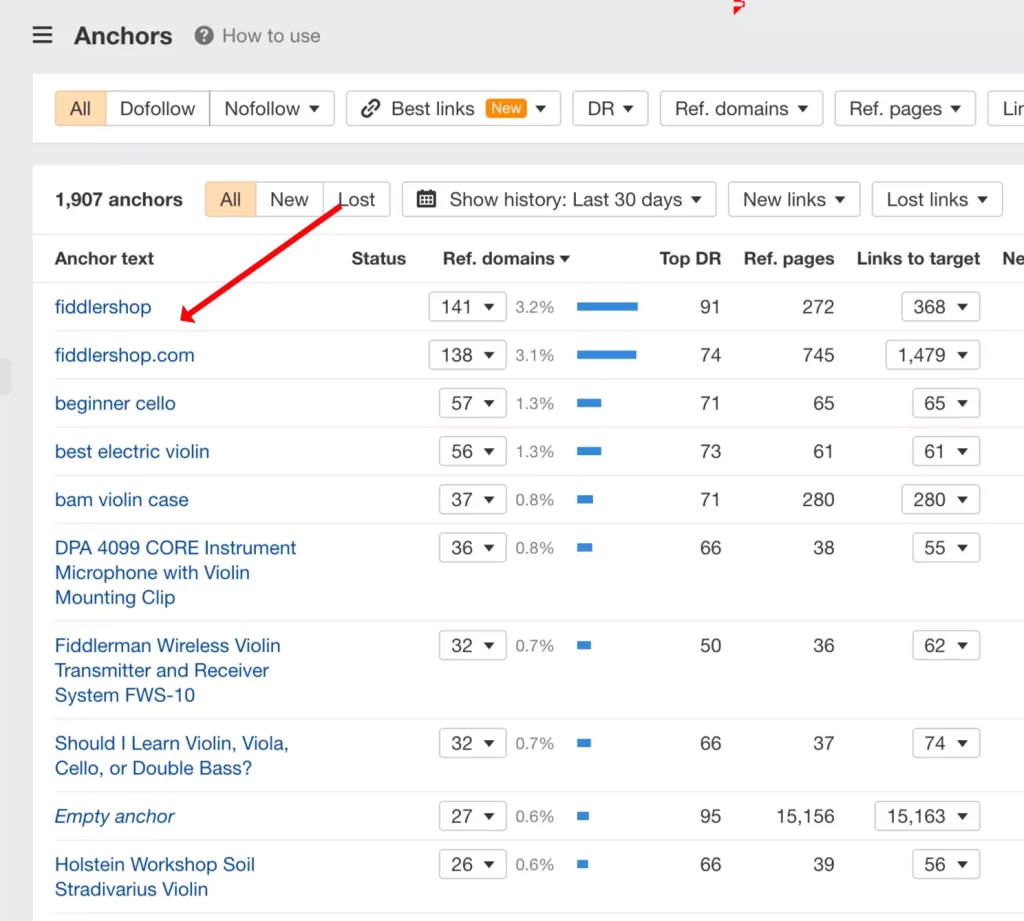
Utilizing branded anchor texts helps build awareness and curiosity about your brand from readers of other sites, who might eventually search for you on Google (increasing the volume of your site’s branded searches).
4. Explore Topics, Not Just Keywords
Research around topics to identify secondary keywords related to each industry.
If you’re doing an entirely new SEO campaign for a particular client, try to explore keyword themes using tools like Ahrefs or SEMRush.
Find interesting words your target audience uses to describe the topic. You can leverage these supporting keyword phrases to build external content around that central theme.
Note: Ahrefs has this feature (Clusters by Parent Topic).
5. Place LSI and Secondary Keywords On Linking Pages
Improve the quality of your external content assets (e.g., guest posts) by placing more LSI and secondary keywords within subheadings, images’ alt tags, and content body.
Invest time enhancing the reading experience and optimizing your external content to rank for multiple keyword variations on Google.
You can use more relevant Nouns and entities to enhance entity recognition (check out this Entity Optimization guide).
By referencing entities like direct or non-direct competitors, industry thought leaders, and personalities, you increase the topical relevance of your content, which brings more contextual understanding to your anchor texts.
Overall, it helps your site get the most value from every backlink produced.
6. Link to Rich and High-Value Content
Avoid misleading your readers by forcefully linking to sales pages to push rankings for target commercial keywords.
Implement a strict strategy with your team to link only to relevant informational pages.
Instead of pointing all links to landing pages, you can have a better holistic link building plan to create an internal linking system (linking your site’s informational pages to relevant landing pages.
This approach helps your site to pass link equity/power to other important pages without risking the current rankings of your commercial pages.
Keep users have a better reading experience throughout the content, as it affects both branding and user interaction signals.
Integrate Anchor Text Strategy To Overall Link Building Strategy
The key to optimizing anchor texts is understanding their role and impact on your entire link building strategy. It is a top-bottom approach to enhance every facet of the link building campaign.
Written By
Venchito Tampon
CEO and Co-Founder at SharpRocket, a link building agency. With a decade of experience, Venchito has a proven track record of leading hundreds of successful SEO (link builidng) campaigns across competitive industries like finance, B2B, legal, and SaaS. His expert advice as a link building expert has been featured in renowned publications such as Semrush, Ahrefs, Huffington Post and Forbes. He is also an international SEO spoken and has delivered talks in SEO Zraz, Asia Pacific Affiliate Summit in Singapore, and Search Marketing Summit in Sydney, Australia. Check out his other business - Hills & Valleys Cafe.
Reviewed By

Sef Gojo Cruz
COO at SharpRocket, overseeing end-to-end operations, from crafting link building strategies to leading high-performing teams. Previously led SEO initiatives at Workhouse, a digital agency in Australia, and Keymedia, a real estate media company based in New Zealand.
How our LINK BUILDING AGENCY in UK builds 250 links/mo consistently using Predictable Link Building Methodology™…
- Using a SIMPLE and PROVEN system
- Using a SCALABLE strategy
- No private blog networks
- No creepy outreach emails
